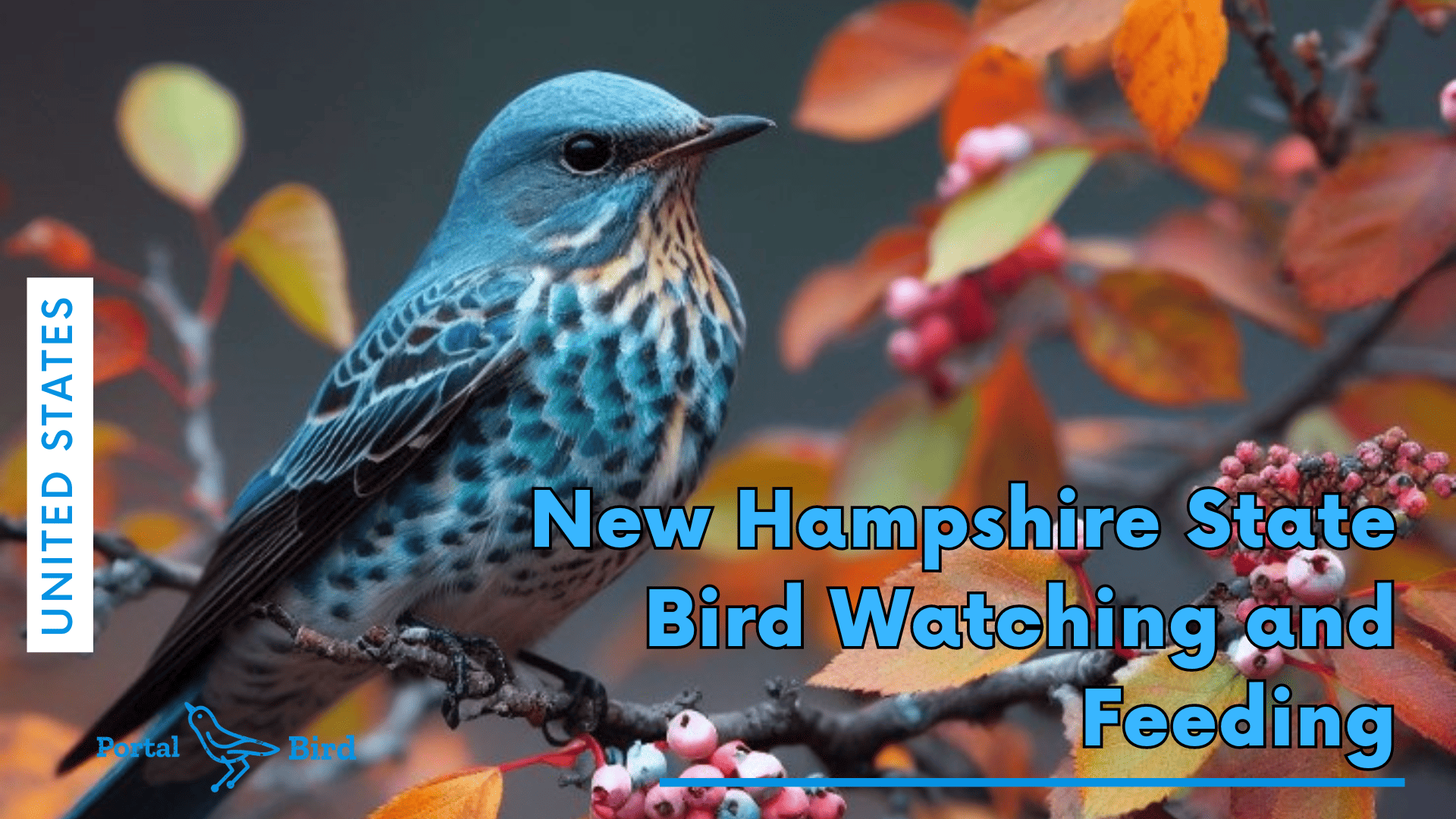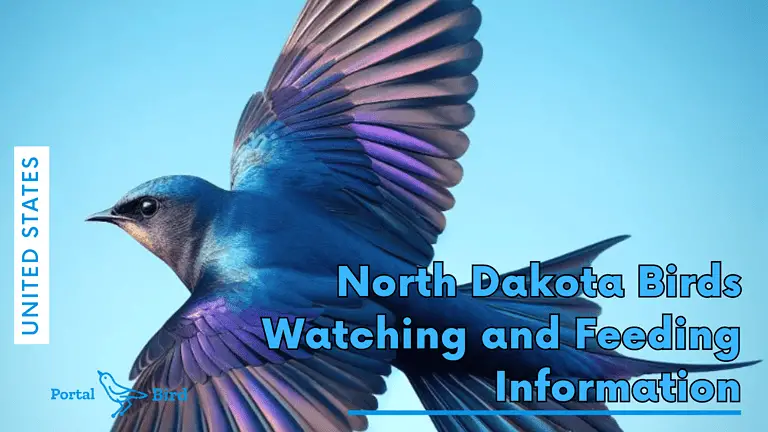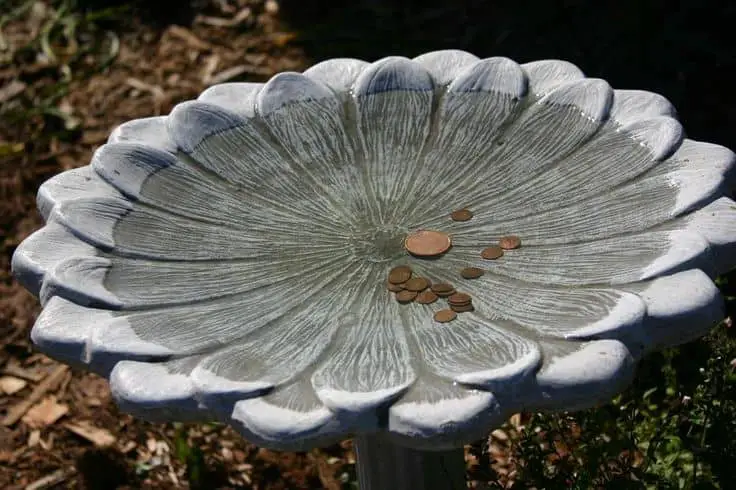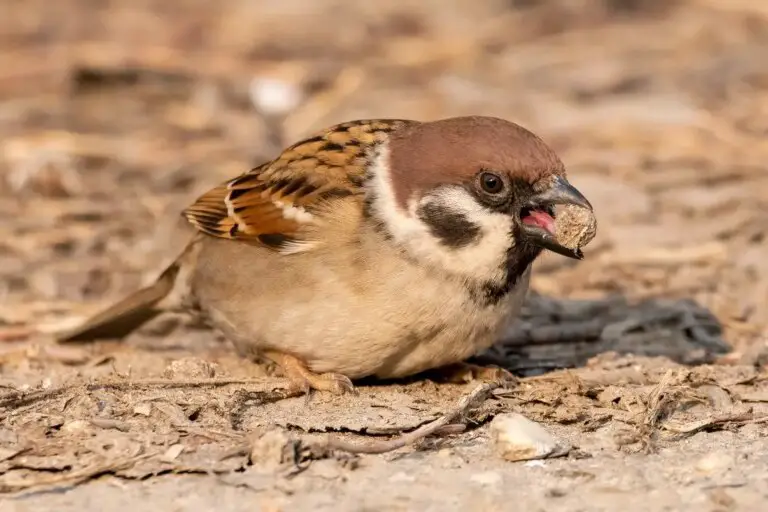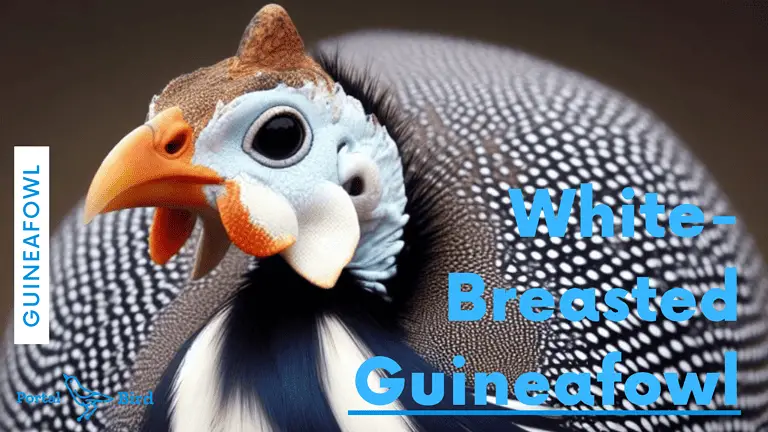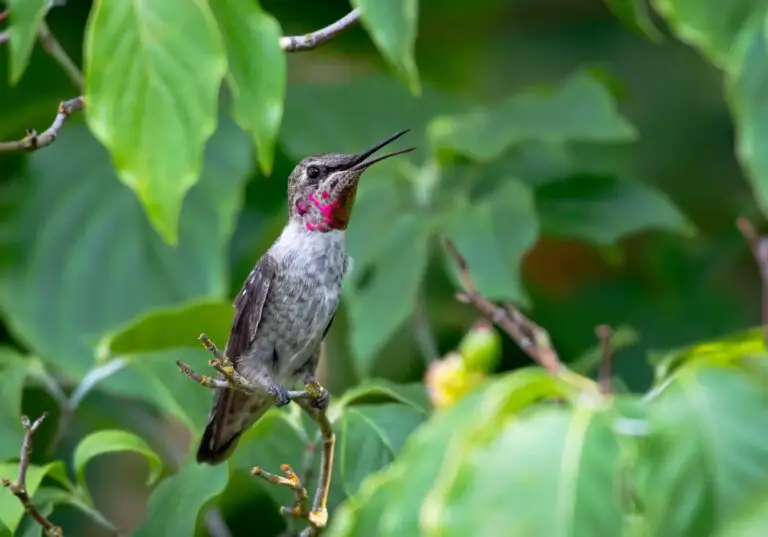New Hampshire State Bird Watching and Feeding
New Hampshire State Bird – New Hampshire is a great state for bird watching. With its mix of forests, wetlands, mountains, and coastline, it attracts a wide variety of resident and migratory species throughout the year. This article provides an overview of birding in New Hampshire, including information on common species, top birding locations, and resources for birders.
Overview of Birding in New Hampshire
New Hampshire lies along the Atlantic Flyway bird migration route. During spring and fall migration, one can observe magnificent flights of raptors, waterfowl, and songbirds. The Connecticut River Valley serves as a major travel corridor for migrating birds.
Some of the most sought-after species found in New Hampshire include:
- Boreal species like Black-backed Woodpecker, Gray Jay, Spruce Grouse
- Northern forest species like Boreal Chickadee, Cape May and Bay-breasted Warblers
- Coastal species like Harlequin Duck, Razorbill, Atlantic Puffin
- Wetland species like American Bittern, Sora, Nelson’s Sparrow
The state is also home to more common backyard species that can be readily observed at feeders, such as Black-capped Chickadee, Tufted Titmouse, Northern Cardinal, Blue Jay, Downy Woodpecker, and Dark-eyed Junco.
New Hampshire State Bird
The official state bird of New Hampshire is the Purple Finch. This reddish-pink finch is a year-round resident across most of the state.
The male Purple Finch has bright raspberry red on its head, breast, back and rump. It has white markings on its wings and belly. The female Purple Finch is streaked brown and white underneath, with a blurry stripe through its eye.
Purple Finches are found in both coniferous and mixed forests. They often visit bird feeders and favor black oil sunflower seeds and nyjer thistle. The best times to observe Purple Finches are during the winter flocking season and in late spring when males are singing.
Top Birding Locations in New Hampshire
Here are some of the top birding hotspots in New Hampshire:
White Mountain National Forest
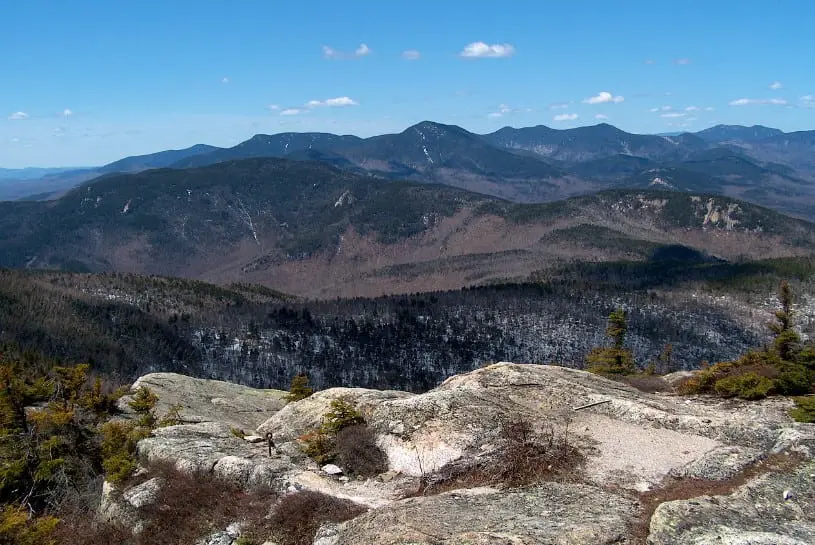
Encompassing nearly 800,000 acres, the White Mountain National Forest offers excellent high elevation birding opportunities. Target species include Spruce Grouse, Gray Jay, Boreal Chickadee, Yellow-bellied Flycatcher, Bicknell’s Thrush. Good birding spots include Tripoli Road, Kancamagus Highway, and Mt. Washington.
Merrymeeting Marsh
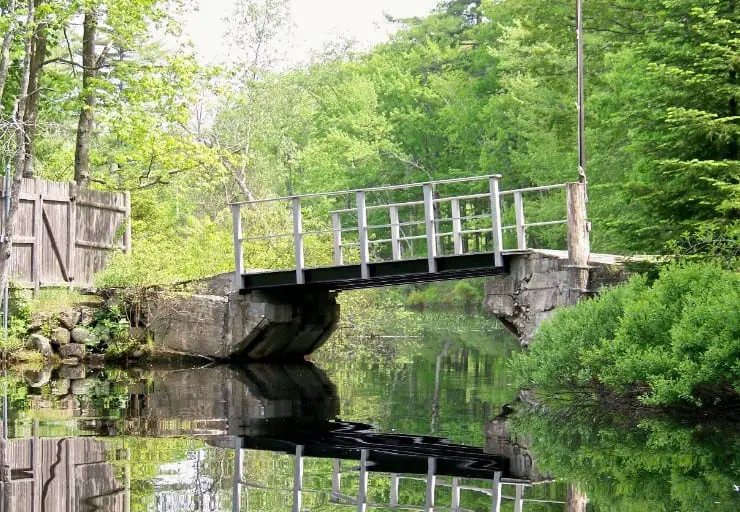
This 250-acre wetland complex near New Durham attracts huge numbers of migrating waterfowl in spring and fall. Over 270 species have been recorded here. The marsh is excellent for ducks, grebes, herons, rails, and Nelson’s Sparrow.
Odiorne Point State Park
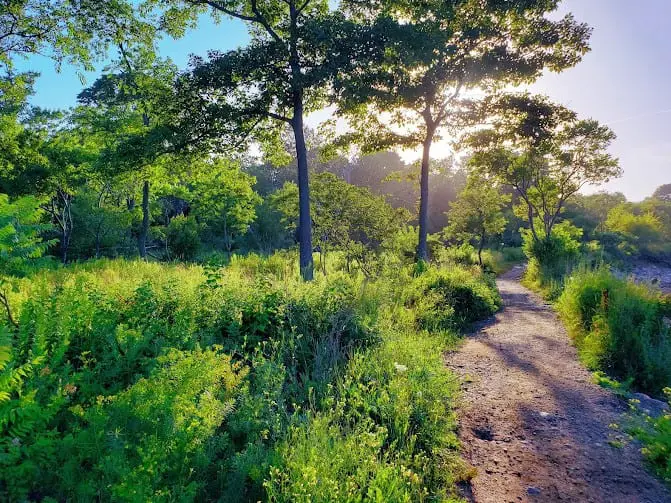
Located on the seacoast near Portsmouth, this park offers a mix of habitats for migrating and coastal species. Search the thickets and marshes for warblers, sparrows, shorebirds and occasional rarities. Seawatching in fall can produce Northern Gannet, scoters, loons and more.
Connecticut River
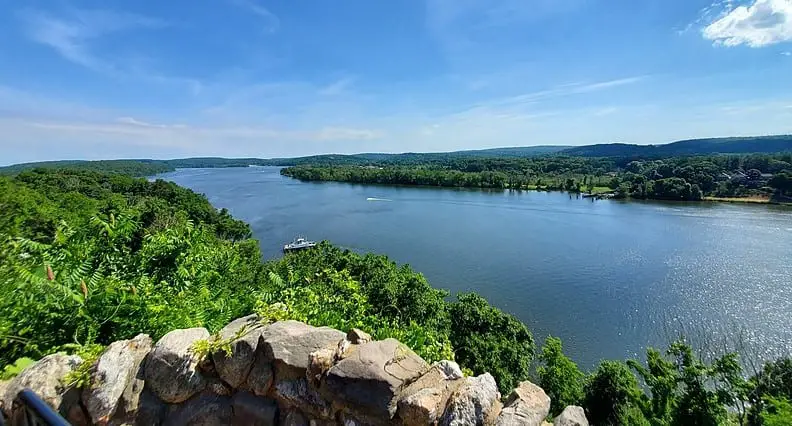
Birding along the Connecticut River and its tributaries can be highly productive, especially during migration. Look for swallows, warblers, orioles, tanagers, and flycatchers along the wooded riverbanks. The river also hosts wintering Bald Eagles.
Umbagog National Wildlife Refuge
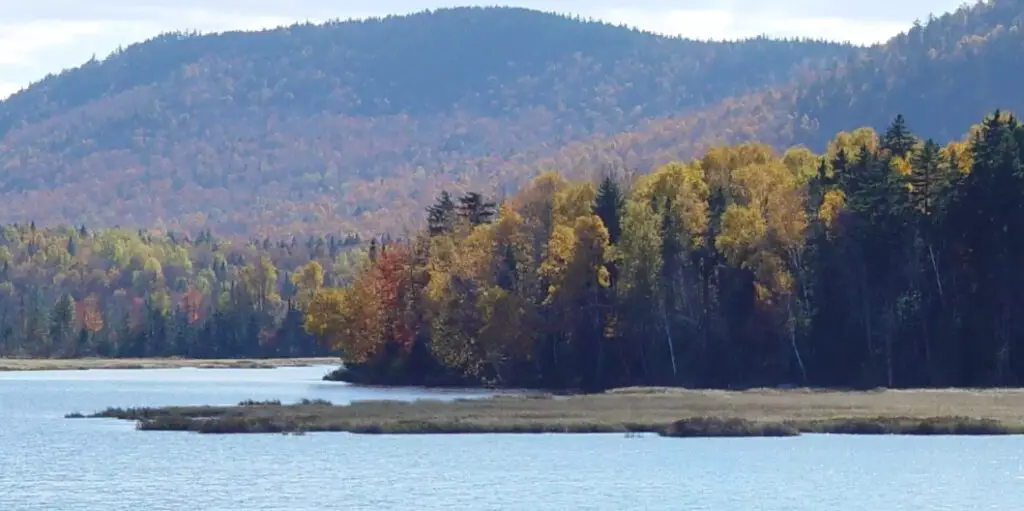
The wetland complex near Errol attracts a tremendous diversity of nesting and migrating wetland birds. Over 200 species have been recorded here, including species like Black Tern, Wilson’s Phalarope, American Bittern, Sora Rail, and Rusty Blackbird.
Attracting Birds to Your Yard
Here are some tips to make your yard attractive for birds:
- Plant native trees, shrubs, and flowers that provide seeds, berries, and nectar. Some good choices are oak, maple, blueberry, dogwood, aster, and coneflower.
- Provide a water source like a birdbath, mister, or small pond. Moving water is especially attractive.
- Put up nest boxes suited for your location and desired species. Eastern Bluebird, Tree Swallow, Black-capped Chickadee and Tufted Titmouse readily use nest boxes.
- Offer supplemental food at feeders, especially during fall, winter and early spring when natural food is scarce. Black oil sunflower, nyjer thistle, suet and fruit are favored by many species.
- Limit pesticide use, keep cats indoors, and make windows visible to prevent bird collisions.
Special Species to Watch For
Here are some particularly sought-after species to look for during the year:
Hummingbirds
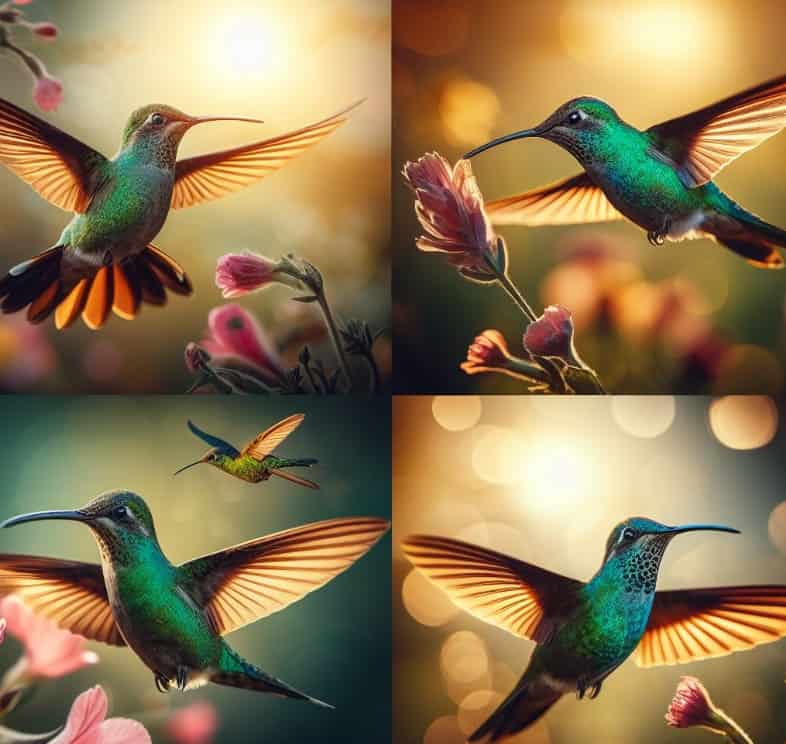
The Ruby-throated Hummingbird is the only regular hummingbird species, but others have shown up rarely. Attract them with nectar feeders and tubular red flowers. Hummingbirds pass through in May and August-September.
Purple Martins
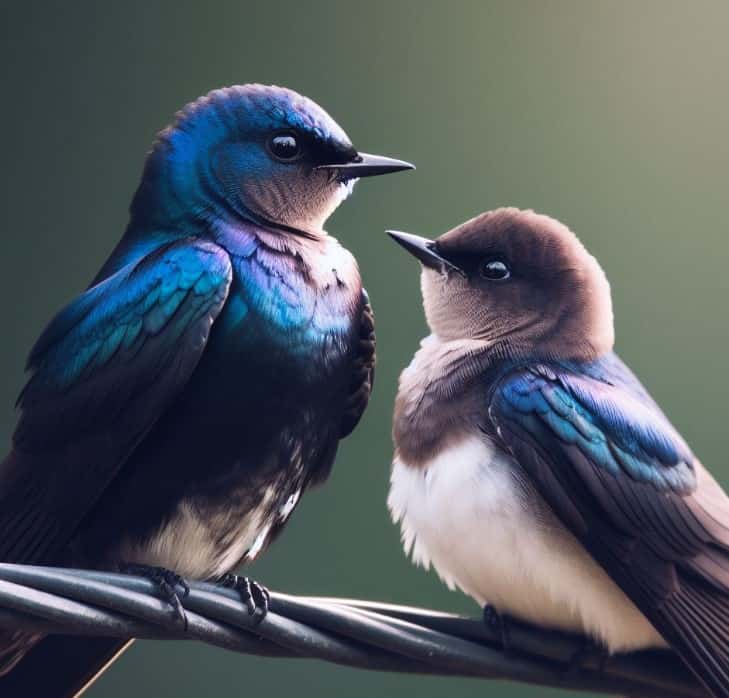
These large, colonial swallows are declining across their range. Put up a martin house to try to attract a colony. Martins are present May-August.
Boreal Species
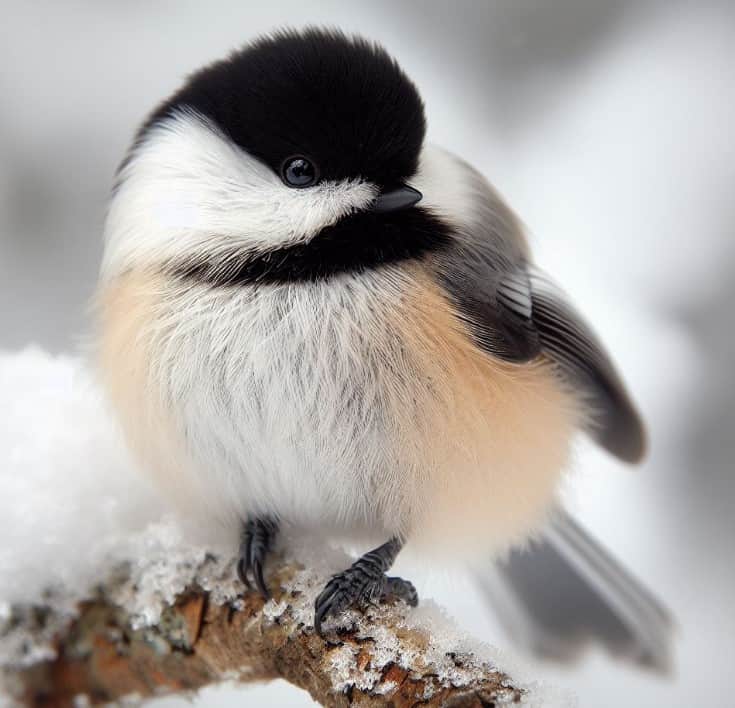
The spruce-fir forests of northern NH host a suite of boreal specialties like Gray Jay, Boreal Chickadee, Black-backed Woodpecker. Search for these species in April-June.
Raptor Migration

From mid-September to November, watch for migrating raptors passing over hawkwatch sites like Pack Monadnock and Little Round Top. Broad-winged Hawks peak in mid-September.
Irruptive Winter Finches
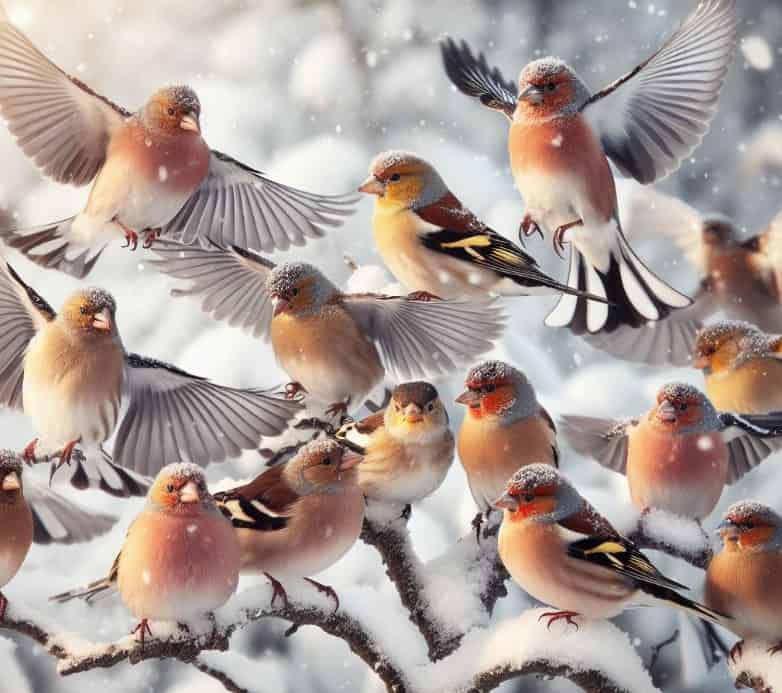
When spruce or birch seed crops fail to the north, seed eating birds irrupt south into NH in winter. Watch for Evening Grosbeak, Pine Grosbeak, crossbills, and Snow Bunting.
Rare Vagrants

New Hampshire has recorded nearly 500 rare bird species over the years. Seasonal rarities like Fork-tailed Flycatcher, Cave Swallow, Varied Thrush and Black-headed Gull can show up anywhere in the state.
Birding Events and Resources
Here are some resources and events for birders in New Hampshire:
- New Hampshire Audubon hosts bird walks, classes and other programs at their wildlife sanctuaries around the state. Their annual Winter Raptor Survey engages volunteers across the state to census wintering raptors.
- The NH Bird Records website tracks unusual bird sightings statewide. View their database to see recent rare bird reports.
- Birding festivals like the Piscataqua Gundalow Company Spring Birding Festival in Portsmouth offer guided trips with experts during peak migration periods.
- Ebird’s online database shows recent bird sightings submitted by birders statewide. It’s a great way to view what birds are being seen right now.
Embark on a birding adventure in the picturesque landscapes of New Hampshire, where the Audubon Society orchestrates a symphony of bird walks, classes, and programs across their wildlife sanctuaries. Enthusiasts eagerly participate in the annual Winter Raptor Survey, a statewide spectacle that unites volunteers in counting the regal bald eagles and other majestic raptors gracing our winter skies.
Dive into the avian wonders of New Hampshire through the lens of the NH Bird Records website, your portal to tracking extraordinary bird sightings across the state. Unearth the treasures of rare bird reports in their extensive database, a testament to the diverse bird species calling this region home.
Immerse yourself in the vibrant feathers of spring during the Piscataqua Gundalow Company Spring Birding Festival in Portsmouth. Expert-led guided trips become your compass through birding hotspots, unraveling the secrets of birdwatching in sync with peak migration periods.
Let the digital wings of Ebird carry you across the virtual skies, where an online database showcases recent bird sightings contributed by passionate birders statewide. This dynamic platform offers a real-time spectacle of the feathered residents and migrants gracing New Hampshire’s landscapes.
Discover the rich tapestry of birdlife in New Hampshire, from the iconic state bird, the purple finch, to the elegant house finches that grace our bird feeders. Explore the vibrant ecosystems of official state birds and the feathered gems that adorn the White Mountains and the Great Bay.
Join the avian enthusiasts at Odiorne Point State Park and National Wildlife Refuges, where the melodies of nature harmonize with your birdwatching pursuits. Uncover the secrets of Carpodacus purpureus, the purple finches, as they weave their tales into the fabric of New Hampshire’s birding lore.
Immerse yourself in the verdant embrace of the New Hampshire Audubon Society and the Federation of Garden Clubs, where birding becomes a celebration of nature’s beauty. Unearth the cultural significance of birdwatching as it intertwines with women’s clubs, adding a touch of grace to this winged journey.
So get out and explore the diverse habitats of New Hampshire! The birding opportunities are endless in this scenic state. Look for species you can’t find anywhere else in the eastern US and enjoy New Hampshire’s natural heritage.
Was this helpful?
New Hampshire State Bird - New Hampshire is a great state for bird watching. With its mix of forests, wetlands, mountains, and coastline, it attracts a wide variety of resident and migratory species throughout the year. This article provides an overview of birding in New Hampshire, including information on common species, top birding locations, and resources for birders.
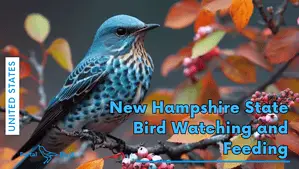
URL: https://portalbird.com/types-of-birds/new-hampshire-state-bird/
Author Name: John Robin
Published Date: October 6, 2023
Appearance Headline: Overview Of Birding In New Hampshire
Appearance URL: https://portalbird.com/area-of-origin-of-the-bird/united-states/new-hampshire-state-bird/#Overview_of_Birding_in_New_Hampshire
Appearance Author: John Robin
Appearance Published Date: October 6, 2023
Alternate Name: Mostly true
5

